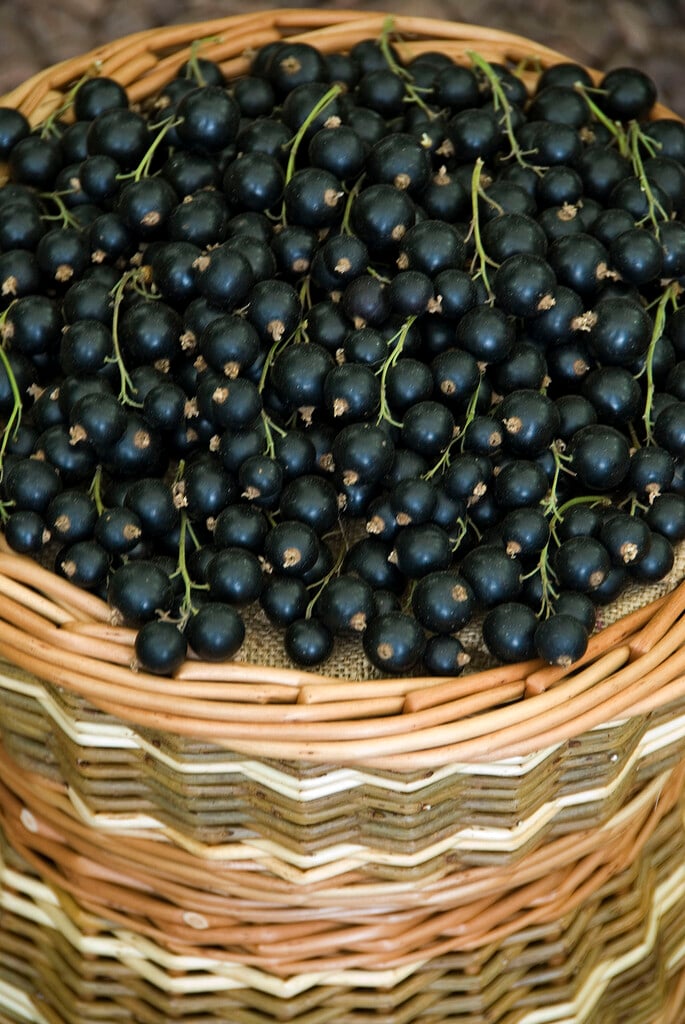Size
Ultimate height
1–1.5 metresTime to ultimate height
2–5 yearsUltimate spread
1–1.5 metresGrowing conditions
Moisture
Moist but well–drainedpH
NeutralColour & scent
| Stem | Flower | Foliage | Fruit | |
| Spring | White | Green | ||
|---|---|---|---|---|
| Summer | Green | Black | ||
| Autumn | Green | |||
| Winter |
Position
- Full sun
Aspect
East–facing or North–facing or South–facing or West–facing
Exposure
Sheltered Hardiness
H6Botanical details
- Family
- Grossulariaceae
- Native to GB / Ireland
- No
- Foliage
- Deciduous
- Habit
- Columnar upright
- Genus
Ribes can be deciduous or evergreen shrubs, sometimes spiny, with simple, usually palmately lobed leaves and small tubular or bell-shaped, solitary or racemose flowers borne in spring or summer, followed by juicy, sometimes edible berries
- Name status
Accepted
- Horticultural Group
- This genus produces blackcurrants
How to grow
Cultivation
Grow as a stooled bush. Mulch with well rotted manure or compost. Add a general fertilizer and additional nitrogen if necessary, see our Blackcurrant page for more growing tips
Propagation
Propagate by hardwood cuttings
Suggested planting locations and garden types
- Cottage and informal garden
- Wildlife gardens
- Edible fruit
Pruning
Renewal pruning in the dormant season
Pests
May be susceptible to gall mites, gall midges, aphids and reversion
Diseases
May be susceptible to a leaf spot, powdery mildews, coral spot and sometimes honey fungus
Get involved
The Royal Horticultural Society is the UK’s leading gardening charity. We aim to enrich everyone’s life through plants, and make the UK a greener and more beautiful place.
